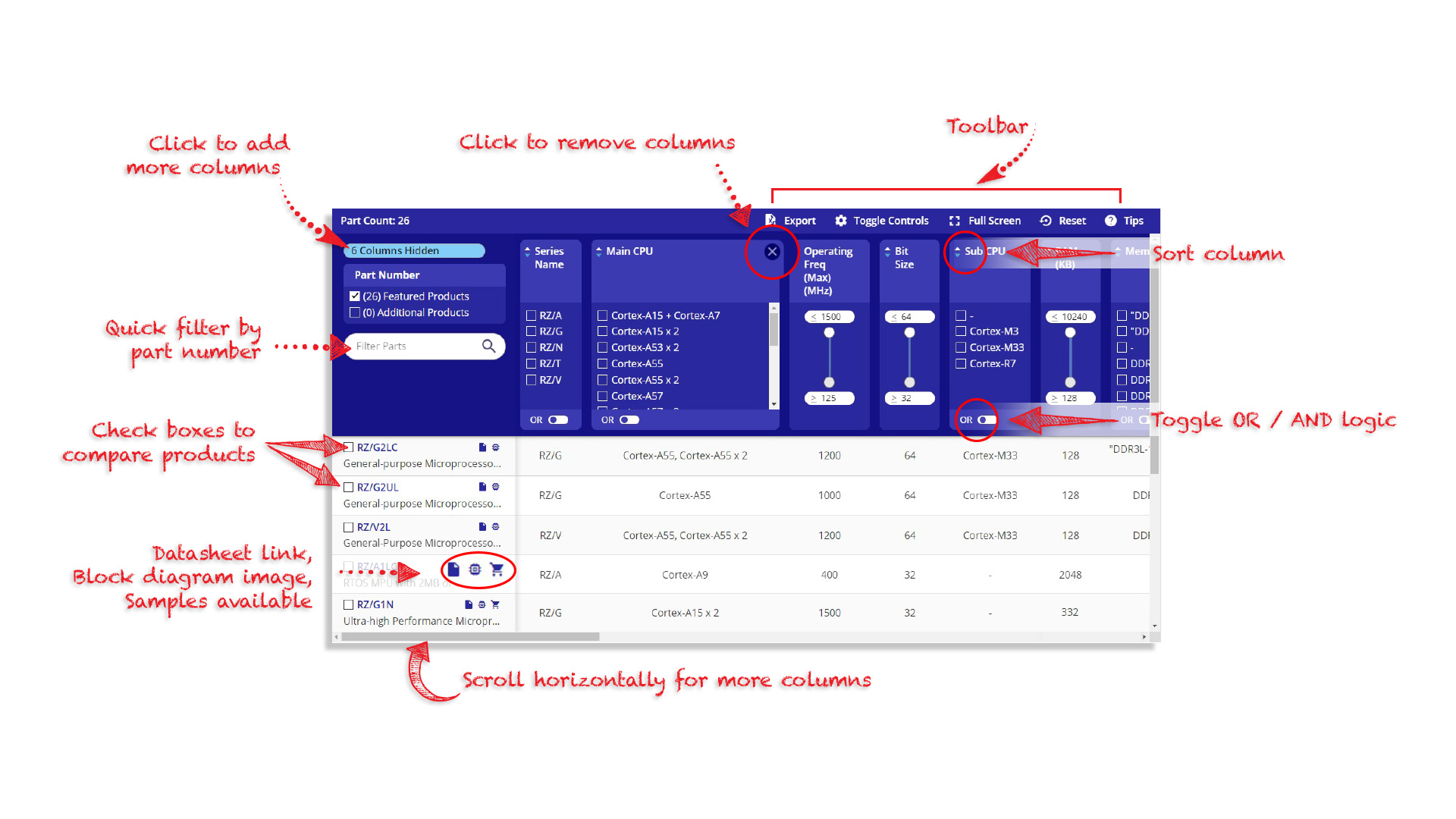-
-
设计资源
- 设计和开发
- 特色设计工具
- 合作伙伴
- 内容和培训
ISL28130ISENSEV1Z
circle有效可提供样片Low-Side, Bidirectional, Precision Current Sense Op Amp Evaluation Board
跳转至页面部分:
arrow_drop_down
概览
简介
The ISL28130ISENSEV1Z evaluation board is designed specifically for low-side bidirectional current sensing for up to 10A of current. The evaluation board uses a 1mΩ current sense resistor that is capable of handling 4W of power dissipation. The ISL28130 low cost micropower amplifier gains the current sensing input signal and can be used to directly drive ADC inputs.
The ISL28130 is an excellent general-purpose op amp for a range of applications and is ideal for handheld devices that operate off 2AA or single Li-ion batteries.
特性
- Low input offset voltage: 40µV, max
- Low offset drift: 150nV/°C, max
- Input bias current: 250pA, max
- Quiescent current (per amplifier): 20µA, typ.
- Low noise (0.01Hz to 10Hz): 1.1µVP-P, typ.
应用
应用
- Bidirectional current sense
- Temperature measurement
- Electronic weigh scales
- Medical equipment
相关产品
产品选择
请登录或注册购买
登录以添加到购物车
Processing table

Tips for Using This Parametric Table:
- Hide Filters button in header: Collapse or expands filters
- Column sort buttons in header: Sort Column alphabetically / numerically descending or ascending
- Reset button in header: Reset all filters to the page default
- Full Screen button in header: Expand the table to full screen view (user must close out of full screen before they can interact with rest of page)
- Export button in header: Export the filtered results of the table to an Excel document
- Filter parts search bar in header: Type to filter table results by part number
- Hide column button in column headers: Select to hide columns in table
- AND / OR toggle switches in header: Toggles the logic of this particular filter to be “AND” or “OR” logic for filtering results
- Multiselect checkboxes at beginning of each row in table: Select these checkboxes to compare products against each other
- Document icon next to product name in row: View the featured document for this product
- Chip icon next to the right of the document icon in row: View the block diagram for this product
- Cart icon to the right of the chip icon: Indicates that samples are available for this product
